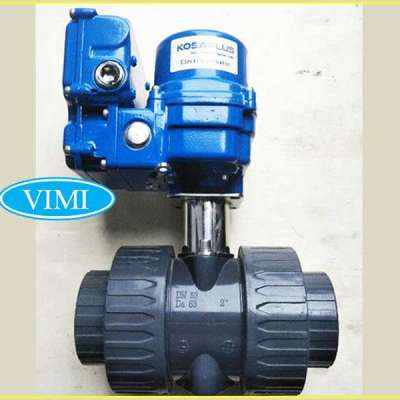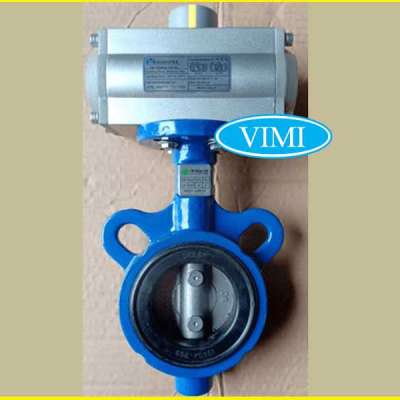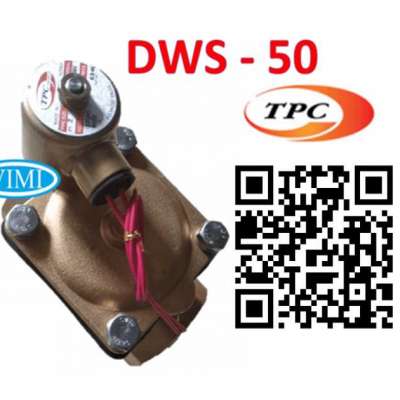Vehicles are more than just modes of transportation; they represent personal style and pride for their owners. Unfortunately, dents and dings can quickly diminish the aesthetics and value of a vehicle. Fortunately, advancements in automotive repair technology have led to the development of a remarkable technique known as paintless dent repair (PDR). In this blog post, we will explore the art of paintless dent repair, its benefits, and why it has become a preferred choice for automotive enthusiasts and professionals alike.
What is Paintless Dent Repair?
Paintless dent repair, also referred to as PDR, is a specialized technique used to repair minor dents, dings, creases, and hail damage on a vehicle's bodywork. Unlike traditional dent repair methods that involve sanding, filling, and repainting, PDR involves meticulously manipulating the metal from the inside of the panel, gradually restoring it to its original shape without damaging the paint.
The Process of Paintless Dent Repair:
Assessment: A skilled PDR technician evaluates the extent of the damage to determine if PDR is a suitable solution. PDR is generally effective for smaller dents that haven't compromised the paint or caused major structural damage.
Access: The technician gains access to the backside of the dent by removing trim panels, inner liners, or, in some cases, by using specially designed tools.
Dent Manipulation: Using specialized tools, the technician applies controlled pressure and precise techniques to massage the dent out from the inside, gradually restoring the panel's shape.
Finishing Touches: Once the dent has been successfully repaired, the technician ensures that the surface is smooth and flawless. This may involve light polishing or buffing to blend the repaired area with the surrounding paint.
Benefits of Paintless Dent Repair:
Cost-effective: PDR is often more affordable compared to traditional dent repair methods. Since it eliminates the need for repainting, the costs associated with color matching, blending, and refinishing are significantly reduced.
Time-efficient: Paintless dent repair is typically a quicker process compared to conventional repairs. With PDR, there's no need for time-consuming steps like sanding, filling, and waiting for paint to dry. Many minor dents can be repaired within a few hours, allowing vehicle owners to get back on the road sooner.
Retains Original Paint: Preserving the original factory paint finish is one of the primary advantages of PDR. By working from the backside of the panel, PDR technicians can restore the metal to its original shape without disturbing the paint, ensuring a seamless repair that maintains the vehicle's value and integrity.
Environmentally Friendly: Traditional repair methods involve the use of chemicals, solvents, and paints, which can have negative environmental impacts. Paintless dent repair eliminates the need for these materials, making it a greener alternative.
Conclusion:
Paintless dent repair is undoubtedly an impressive technique that combines craftsmanship, precision, and cutting-edge technology to restore a vehicle's beauty. With its cost-effectiveness, time efficiency, and ability to retain the original paint, PDR has gained immense popularity among vehicle owners and repair professionals. Whether it's a minor door ding, hail damage, or small creases, paintless dent repair is a reliable solution that offers impeccable results while preserving the overall aesthetics and value of your beloved vehicle.
https://www.dillonhailrepair.com/
Me gusta
Comentario
Compartir















